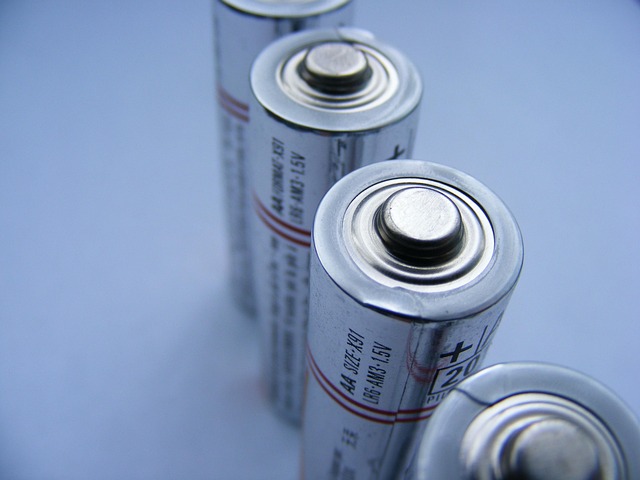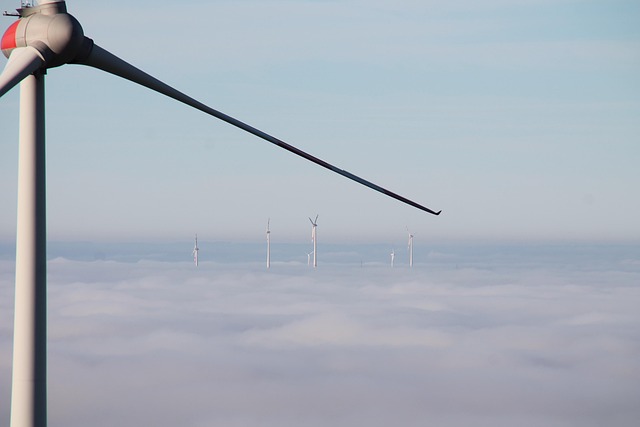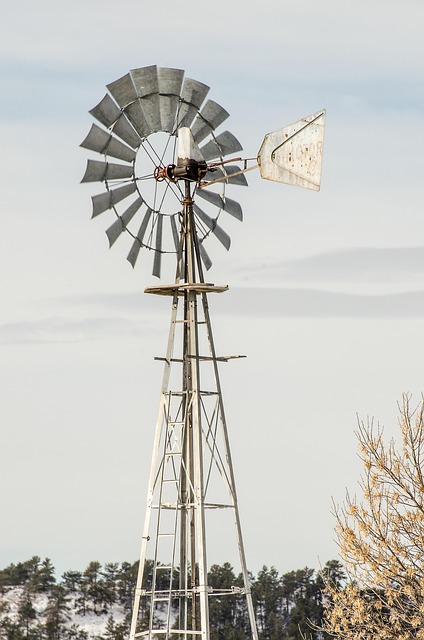Wind in Our Sails: Embracing the Future of Renewable Power
In the quest for a sustainable future, the role of renewable energy has become increasingly pivotal. Among various technologies, wind power stands out as a beacon of hope, harnessing the natural forces of the Earth to provide clean energy. This article delves into the promising future of wind energy—one that can propel us toward a world less reliant on fossil fuels, reduce greenhouse gas emissions, and create a sustainable, circular economy.
The Rise of Wind Energy
Wind energy has been used for centuries for various purposes, particularly in milling grain and pumping water. However, the modern adaptation of wind power began in the late 20th century, driven by the growing awareness of climate change and the finite nature of fossil fuels. As advancements in technology flourished, so did the potential for wind energy as a mainstream power source.
Today, wind power stands as one of the most rapidly growing sources of renewable energy worldwide. The advancements in turbine design, efficiency, and capacity have dramatically lowered the cost of wind energy, making it competitive with traditional energy sources like coal and natural gas. In addition, governments are increasingly incentivizing renewable energy investments, further propelling the sector forward.
The Mechanics of Wind Energy
Wind turbines operate on a straightforward principle: the kinetic energy produced by moving air spins the blades of a turbine. This mechanical energy is then converted into electrical energy through a generator. Turbines come in various sizes and designs, ranging from small, residential units to large, industrial-sized farms. The selection often depends on geographical and environmental factors, such as wind speed, space availability, and local regulations.
Onshore and offshore wind farms are the two primary types of installations. Onshore farms, located on land, benefit from lower installation costs and easier maintenance. In contrast, offshore wind farms, positioned in bodies of water, tend to harness stronger and more consistent winds, despite facing greater challenges in installation and maintenance.
Benefits of Wind Energy
The advantages of wind energy are numerous and multifaceted:
- Environmental Impact: Wind energy significantly reduces greenhouse gas emissions compared to fossil fuels, helping combat climate change. The use of wind power results in virtually no air pollutants, thereby improving air quality and public health.
- Economic Growth: The wind energy sector has created thousands of jobs worldwide, from manufacturing and installation to maintenance and operation. As investments in wind power increase, so will economic opportunities, particularly in rural areas where many wind farms are located.
- Energy Independence: By harnessing domestic wind resources, countries can reduce reliance on imported fossil fuels. This energy independence fosters security and resilience against fluctuations in global oil markets.
- Cost-Effectiveness: The cost of wind energy has plummeted in recent years, making it one of the most affordable sources of electricity. Technological improvements and economies of scale have driven down both capital and operational costs.
Challenges Facing Wind Energy
Despite its clear benefits, the wind energy sector faces several challenges that must be addressed to realize its full potential:
- Intermittency: Wind energy is not always available; it is contingent on wind speeds, which can fluctuate. This intermittency poses challenges for energy grid management and requires the development of energy storage solutions or complementary energy sources.
- Land Use: Wind farms require significant land area, which can lead to conflicts over land use, particularly in densely populated areas or regions with rich agricultural land. Careful planning and community engagement are crucial to mitigate these issues.
- Wildlife Impact: Wind turbines can impact local wildlife, particularly birds and bats. Implementing strategic siting and technological innovations can help minimize these effects.
- Public Perception: Some communities resist the installation of wind farms due to concerns over aesthetics, noise, and property values. Educational campaigns and transparent communication can help alleviate these concerns.
The Future of Wind Energy
The future of wind energy is bright, fueled by innovation and a growing commitment to combat climate change. Several key trends and advancements are shaping the sector:
Technological Innovations
The introduction of larger, more efficient turbines is helping capture wind energy more effectively. Advanced materials, smart sensors, and data analytics enable real-time monitoring and optimization of turbine performance. Additionally, the development of vertical-axis turbines offers potential solutions for urban environments, where space is limited.
Integration with Other Renewables
As countries transition to a low-carbon energy grid, the integration of wind energy with other renewable sources such as solar and hydroelectric power becomes increasingly important. Hybrid systems can balance the intermittency of wind, ensuring a stable energy supply.
Energy Storage Solutions
The advancement of energy storage technologies, such as lithium-ion batteries, pumped hydro storage, and emerging solutions like solid-state batteries, will play a crucial role in mitigating the challenges of wind energy intermittency. By storing excess energy generated during peak wind conditions, we can ensure a reliable power supply when the wind isn’t blowing.
Policy and Regulatory Support
Robust policy frameworks and regulatory support are essential for fostering the growth of wind energy. Incentives such as tax credits, renewable portfolio standards, and feed-in tariffs can create a conducive environment for investment, ensuring that wind energy remains a viable option for utilities and consumers alike.
Conclusion: Setting Sail Towards a Sustainable Future
As the global community confronts the urgent threat of climate change, wind energy emerges as a key player on the path toward sustainability. With ongoing technological advancements, supportive policies, and a commitment to innovation, the wind energy sector is positioned to flourish. By embracing wind in our sails, we can chart a course toward a cleaner, greener future that not only meets our energy needs but also preserves the planet for generations to come.
Through collective action—governments, organizations, and individuals can harness the power of wind to navigate the challenges of today and lay the foundation for a sustainable tomorrow. The winds of change are blowing, and it is time we set sail with confidence and determination.



